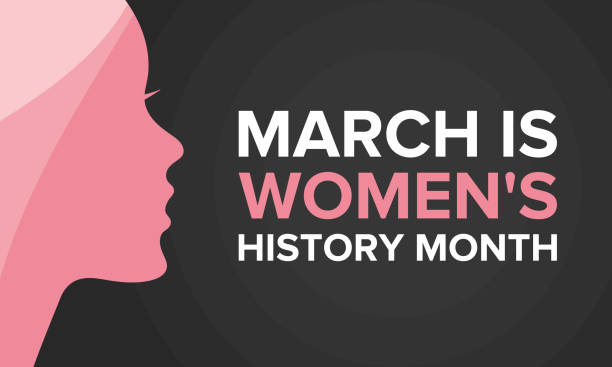The month of March has lots going on – between the Spring Equinox, St. Patrick’s Day, and Nutrition Month (more on that later), Women’s History Month also spans these beautiful, warming thirty-one days in March. This month is one where the United States turns its eyes toward the women who fought for all of the rights that they have. Not too long ago, women couldn’t vote, couldn’t share common social spaces with men, couldn’t have their own bank accounts, and surely couldn’t run for or be elected into political office. It is because of the great women who came before us, and even walk alongside us, that women are able to dream big, make change, live out loud, and yes, even celebrate getting older. What was once taboo and often fought with creams, dyes, lotions and potions to diminish or hide is now, more often, being applauded, shown off, and embraced in our culture. We’d like to honor some of the pioneers in the movement for aging rights, some of which you may never have heard of. It is because of the diligence, persistence, and unfettered passion of these women that many of the institutions of support that exist today to help us all live and love longer than we have before. From podcasts to movies, books to documentaries, there are endless ways to honor and remember all powerful women and their contributions to our society – both this month and beyond.
Betty Friedan
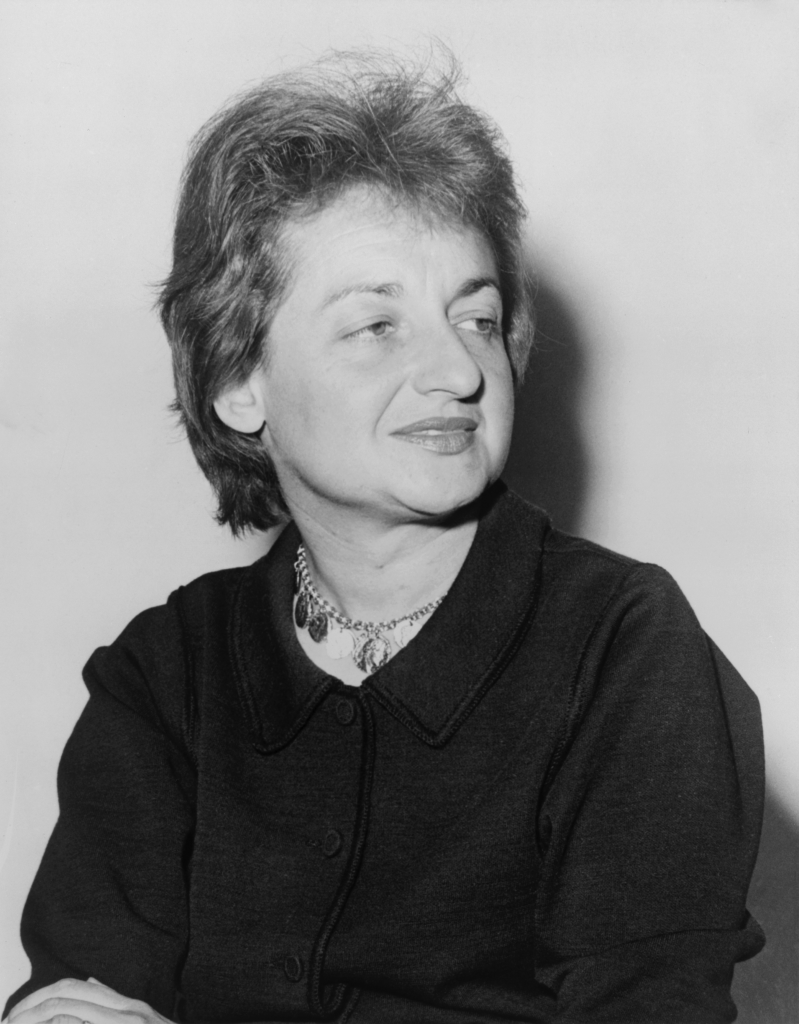
Many know Betty Freidan for her writing and activism, leading the women’s movement in its earliest days. From The Feminine Mystique to The Second Stage, Freidan used her voice and words to help shatter gender stereotypes and provide a voice for women who felt held down by societal norms. Like the icon she is, she didn’t let aging slow neither her voice nor her work down. In her 70s, Freidan tackled aging for women in The Fountain of Age, providing an inside look at gender and evolving into aging in a way not examined before – empowering women to embrace, not erase, age.
Simone De Beauvoir
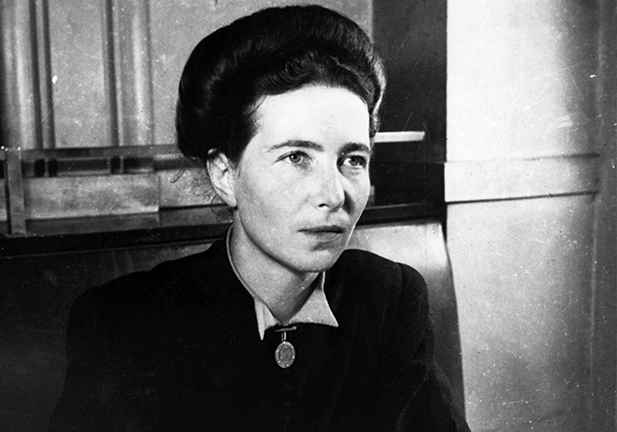
One of the greatest thinkers and writers of the women’s movement, De Beauvoir wrote controversial works that tested the boundaries of literature, with a focus on women and their roles in both relationships and society. She carried this passion into later life, devoting much of her thinking and writing on the investigation of aging and death. In The Coming of Age, she investigates the way our society speaks of and perceives its elders. Her 1970 work, Old Age, analyzes the contributions, significance, and meaning of the aging in society.
Gloria Steinem
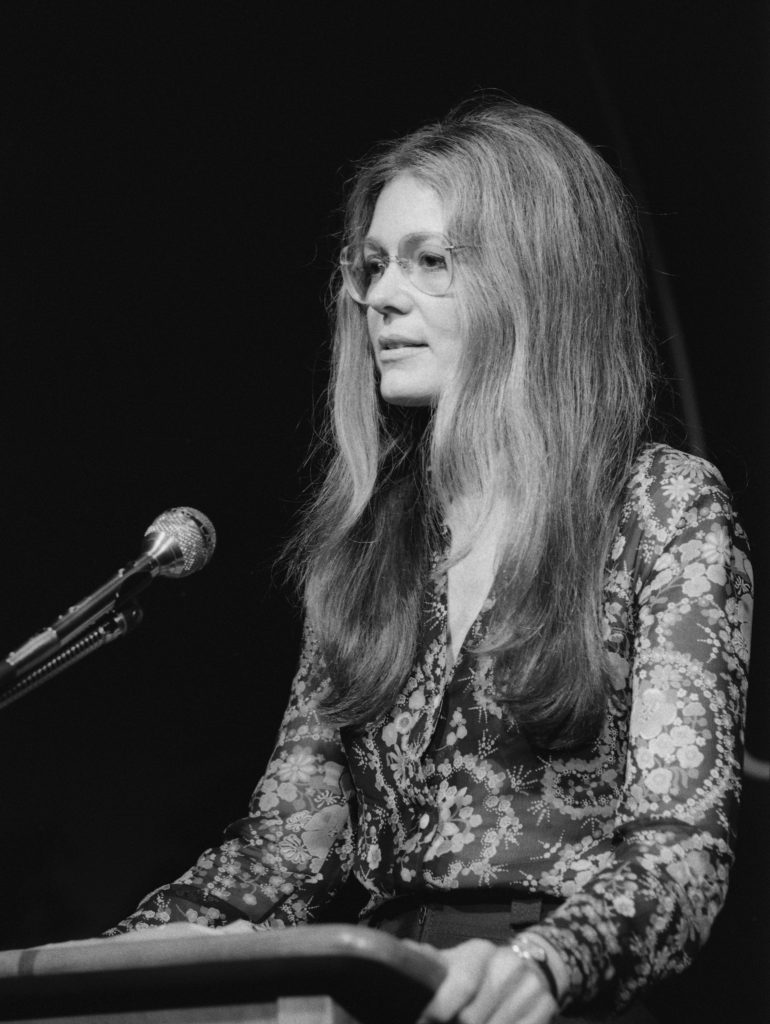
Easily one of the most influential voices in the women’s movement, Steinem has never shied away from an issue or cause related to women on a national stage. As a writer, she has helped spotlight many contemporary issues faced by women, both today and in the recent past, and she has led the charge against gender stereotypes and roles for decades. As she has moved through various milestones in her own life, she has continued advocating for women as they age as well. She continued this momentum in her book, Moving Beyond Words: Age, Rage, Sex, Power, Money, Muscles: Breaking Boundaries of Gender. In her essay, “Doing Sixty” she reflected on reaching that milestone herself; the book is a wonderful guide to the possibilities of women’s lives as they embark on every milestone to which their journeys lead.
Maggie Kuhn
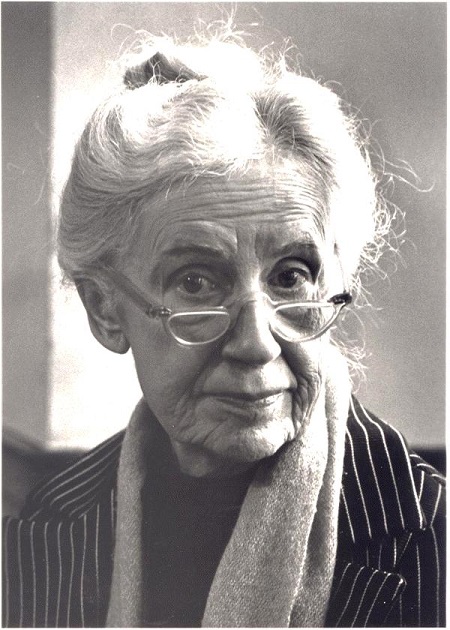
One of the most influential women in the United States, Kuhn founded the Gray Panthers, a movement to encourage activism among this country’s older citizens. At its inception fifty years ago, this movement was considered radical, pushing the envelope of what was considered “normal, quiet life” for America’s seniors. Inspired by demonstrations for race and gender equality, Kuhn insisted that the issues facing older Americans be addressed and included in social reform agendas. Her passion was to break all barriers and stereotypes for older people, especially older women. In today’s age of click bait and quick media consumption, her movement has all but been forgotten. However, many activists are calling for Kuhn’s mission’s resurrection today, as the issues faced by older Americans are still very much on the forefront of many conversations being held in rooms where change happens.
Tish Sommers
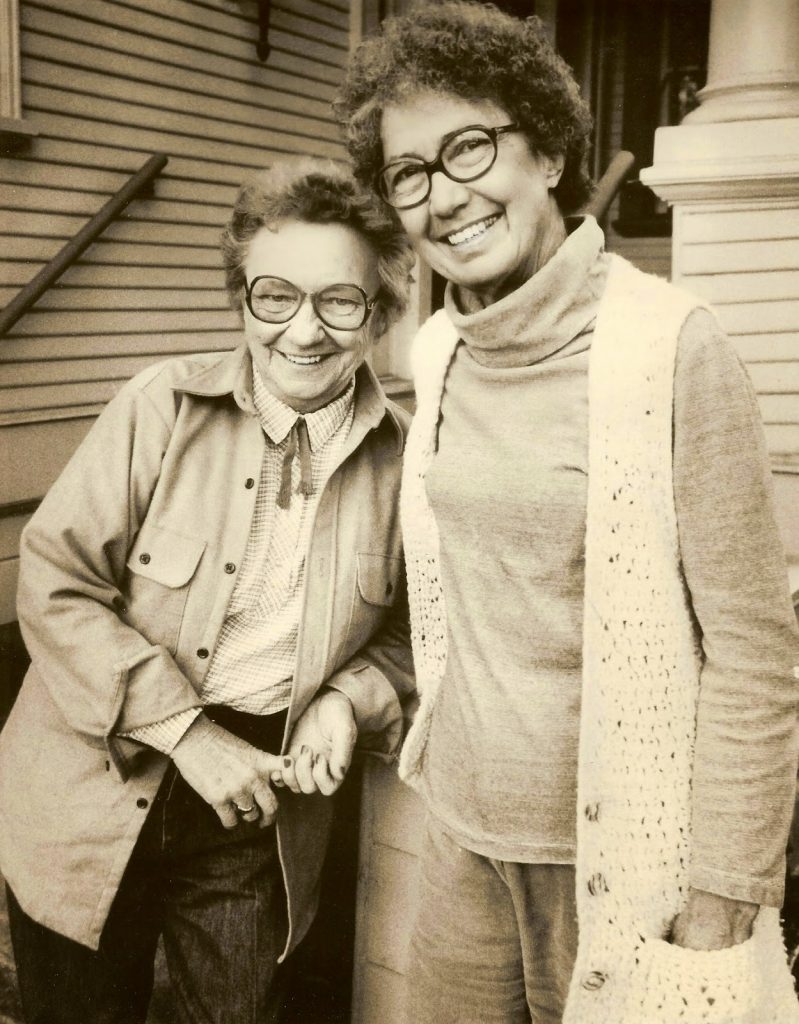
Many call Sommers the Mother of the Aging Women’s Movement, and this title is one worthy of such an illustrious career and devotion to service. Sommers was the co-founder of the Older Women’s League and a lifelong political activist. She demanded recognition of the social and economic problems facing older women, working to improve their image, and calling for these issues to be addressed in public policy work. She coined the phrase, “displaced homemaker,” describing the losses of economic security faced by many women in middle age and older after divorce or death of their husbands. She worked alongside Maggie Kuhn on the steering committee of the Gray Panthers and organized the 1980 White House Miniconference on Older Women. Her life was dedicated to service and activism for the rights of older women, even serving under Reagan on the National Advisory Commission on Aging. She organized the Older Women’s League in 1980 with Laurie Shields, a League that now has more than 90 chapters and 12,000 members across the country. Through the League, Sommers pushed for changes in Social Security for women in retirement, who once lacked access to private pensions.
Ollie Randall
Ollie Randall has had her hands in every avenue of life for many Americans, once working as a social worker, welfare administrator, lecturer, consultant, writer, and advocate for the aging. Upon retiring from the Association for Improving the Condition for the Poor, she began her work as a consultant and advocate for the aging, becoming principal consultant on aging to the Ford Foundation, the Gerontological Society, and the National Council on Aging. She was a primary player in organizing the National Council on Aging. It was her work as Chairwoman for the New York State Recreation Council for the Elderly that she was able to advocate for continuing education and leadership training in the aging community – a possibility never even considered before her work there. She advocated on the national level on various Task Forces for the Aging, which allowed her to voice concern for the, at that time, 25% of the elderly population who lived below the poverty line. She was continually recognized for her work and respected by politicians on both sides of the aisle.
VANTAGE Aging honors and celebrates not only these women listed above, but all women who have done the work of breaking social barriers, shattering gender stereotypes, and advocating for the rights of all women, and central to our mission – the women who are embracing their power in the journey of aging. It is because of the works of those before us that we can continue to do the work we do – providing essential supportive services for the health and well-being of all members of Ohio’s aging population, for the last 46 years and beyond.
*The information in this article is intended solely to provide general information on matters of interest for the personal use of the reader, who accepts full responsibility for its use. This article should not be used as a substitute for consultation with professional legal, medical, or other competent advisors.

